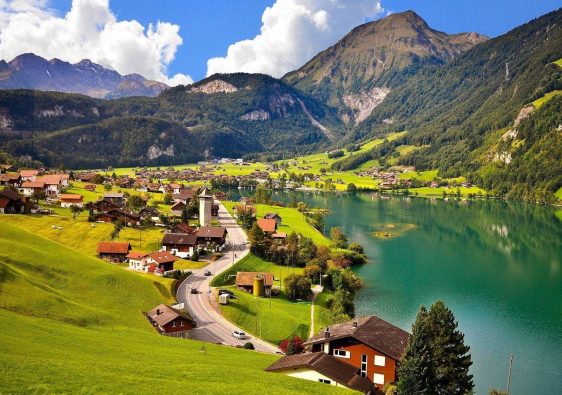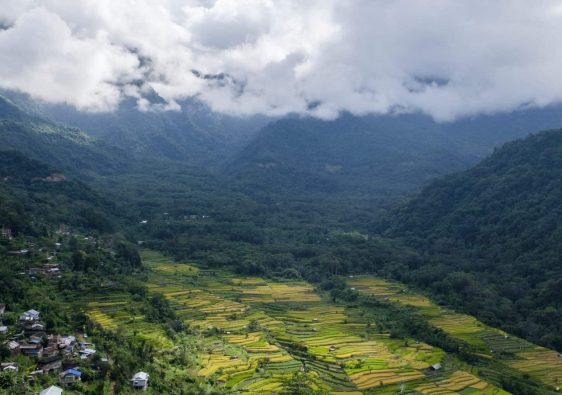In the vast expanse of the Thar Desert, where the sun reigns supreme and the land stretches out endlessly, lies a marvel that defies imagination. It is a place where the earth seems to meet the sky in an unbroken expanse of white, where the horizon blurs into infinity. This is the Great Rann of Kutch, the largest salt desert in the world, and my journey into its heart left me spellbound, with my eyes locked in awe at the wonder before me.

My exploration of India led me to Gujarat, where I embarked on a backpacking adventure unlike any other.
The allure of the Great Rann of Kutch beckoned me, promising an experience that transcended the ordinary. As I ventured into the Kachchh district of western Gujarat, I stood on the threshold of a geological wonderland, ready to immerse myself in its beauty.
Stretching over 30,000 square kilometers, the Rann of Kutch comprises not only the Great Rann itself but also the Little Rann of Kutch and the Banni grassland. It is a land of contrasts, where the arid desert meets the shimmering salt marshes, creating a landscape that is both harsh and breathtakingly beautiful.

As I stood on the edge of the Great Rann, my eyes were greeted by a sight unlike anything I had ever seen.
The endless expanse of white stretched out before me, blurring the line between earth and sky. The salty air tingled on my skin, and the vastness of the desert enveloped me, filling me with a sense of wonder and awe.
The name “Rann” itself evokes images of desolation and emptiness, yet the reality is far from it. The Rann of Kutch is teeming with life, both flora and fauna, that have adapted to thrive in this harsh environment. From the graceful flamingos that flock to its shores to the majestic wild ass that roams its plains, the Rann is a sanctuary for a diverse array of wildlife.

For the inhabitants of Kachchh, the Rann is more than just a geological marvel – it is a way of life. The Kachchhi people, with their unique language and culture, have forged a deep connection with this land, drawing sustenance from its salt and soil. Their traditions and customs are intrinsically linked to the rhythm of the desert,
shaping their identity in ways that are both profound and enduring.
One of the highlights of my visit was the Rann Utsav, a vibrant festival held by the government of Gujarat to celebrate the rich cultural heritage of the region. For three months every year, from December to February, the desert comes alive with music, dance, and festivities, drawing visitors from far and wide to experience the magic of the Rann.
But amidst the festivity and celebration, there is also a sense of reverence for the land itself. The Rann of Kutch is a fragile ecosystem, vulnerable to the pressures of climate change and human encroachment. Efforts are underway to preserve and protect this precious landscape, ensuring that future generations will be able to marvel at its beauty as I have done.
As I reluctantly bid farewell to the Great Rann of Kutch, my heart was filled with gratitude for the experience I had witnessed. In its vastness, I found a sense of perspective that transcended the trivialities of daily life,
reminding me of the wonder and majesty of the natural world.

In the end, my journey into the heart of the Great Rann of Kutch was not just a physical adventure, but a spiritual one as well. It was a reminder of the interconnectedness of all life on earth and of the power of nature to inspire, awe,
and humble us in equal measure. As I carried the memory of the Rann with me, my eyes were forever stuck on the beauty that I had beheld, a testament to the enduring power of this geological wonderland.



